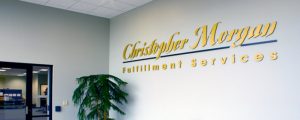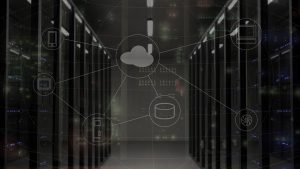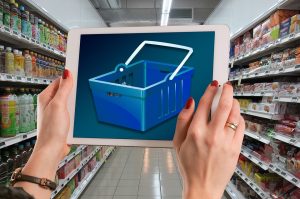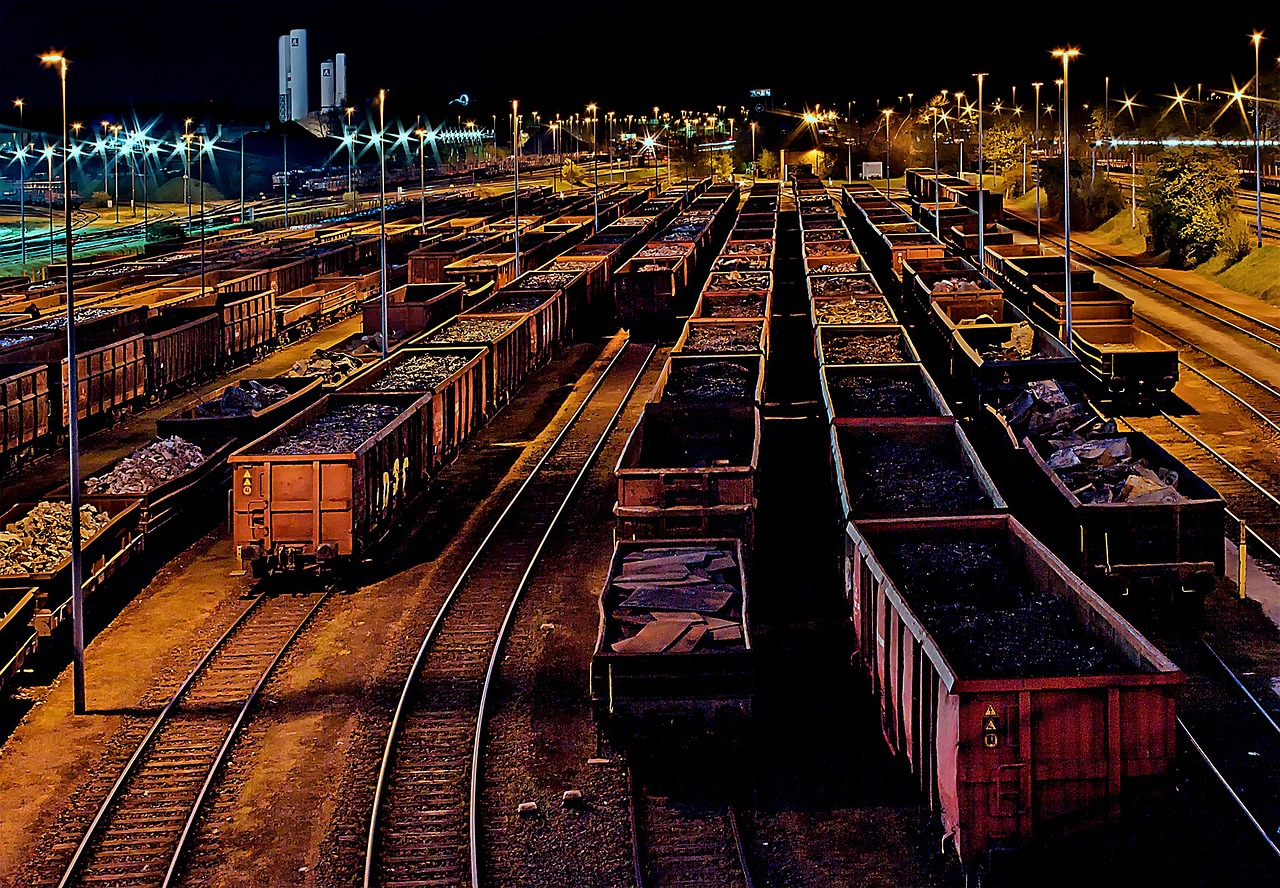Rail freight transportation has experienced downtime since the 1980’s. The logistics world is changing, and it seems like rail is making a major comeback these days. New technology and innovations are disrupting every industry and all transportation modes.
Rail Freight Transportation Future
For businesses, providing consumers with goods both affordably and quickly depends on intermodal transportation. Defined as the movement of freight across multiple modes of transportation — think truck, train and cargo ships — intermodal has been a singular force in creating the globalized economy that we know today.
Rail intermodal has been growing rapidly for many years. As America’s economy and population grow, demand for intermodal will grow, too. To prepare, rail freight transportation have been modernizing their intermodal networks by building new terminals, increasing tunnel heights, enhancing service reliability and more.
Safety
According to the Association of American Railroads, the rate of accidents on railroads decreased by 23% since 1980. There are constantly more investments being made into rail infrastructure that are increasing the safety and efficiency of rail transportation. Rail offers a higher safety level because of less human involvement and the absence of highway congestion. Various technologies are being applied to improve safety, one of them being Positive Train Control (PTC) – an automated system that slows or stops the train in the case of possible accident or human error.
Technology
The specter of driverless trucks is getting closer every day. Platooning, in which one driver controls several following trucks, is being tested in multiple locations and may soon be a commercial reality. But driverless trains are equally possible; in the US and Europe, railroads are halfway there, thanks to positive train control systems (PTC), which allow trains to be monitored and stopped remotely, and trip optimizer systems (a form “cruise control”), which optimize fuel consumption.
Mining giant Rio Tinto is currently testing autonomous trains in Western Australia, which suggests that arduous and remote routes might be ideal for initial deployment. Even if regulation or labor contracts aren’t there yet, railroads can start getting ready for more automation. For example, track and rolling stock inspection could be automated by equipping locomotives with smart track sensing technology, while detectors on railcars could monitor wheels, bearings, and brakes for problems. Through machine learning, train dispatching could leap the final hurdle into monitoring trains without human intervention.
Greener Transportation
The most obvious advantage of rail over trucking is being less harmful to the environment. Rail can handle a much higher volume of freight and goes through a solid route than other transportation methods. Also, automation and faster transit times, in general, cause fewer carbon emissions into the environment.
Ultimately, rail can be a great logistics solution for your business. It is constantly developing into a better way to transport goods and is a eco-friendly and efficient solution among other transportation methods for your freight.
Christopher Morgan Fulfillment
Christopher Morgan Fulfillment has access to more than 600,000 square feet of professionally managed, secure, dry storage space, warehousing & distribution in Milwaukee and in all regions of the United States.
Our facilities are located in:
- New Berlin, Wisconsin
- Milwaukee, Wisconsin
- Atlanta, Georgia
- Los Angeles, California
- East Brunswick, New Jersey
 Direct To Customer
Direct To Customer
- Direct Response
- E-commerce Fulfilment
- Catalog/Print Advertising
- Continuity/Membership/Awards
- Customer Contact Center
 Retail Distribution
Retail Distribution
- Big Box Retail Distribution
- Home Shopping
- Electronic Data Interchange (EDI)
- Experts at Retail Compliance
- Partner Testimonials
BUSINESS TO BUSINESS
- Warehousing & Distribution
- Lot Control
- Kitting/Light Assembly
- Inspection Services
- Repackaging & Rework Services


